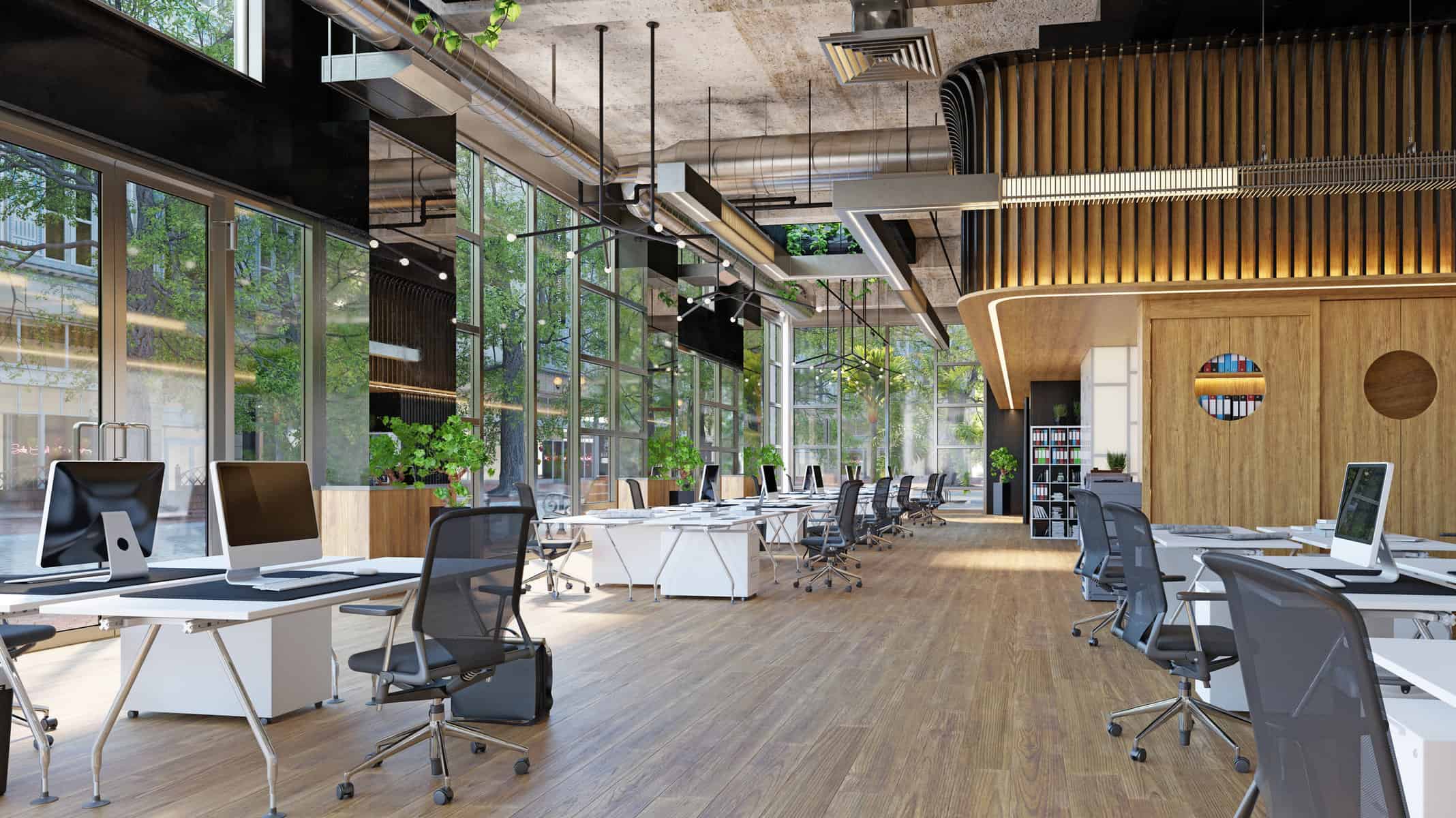How we work and the place we work has modified a lot over the previous few years that we don’t all the time know our work preferences.
There’s a rising hole between staff’ work preferences and precise workplace use as they usually say one factor however then go forward and do one thing totally different.
“Within the 4 years for the reason that begin of the worldwide pandemic, work and employees completely modified in all methods,” Linda Trim, director at Large Leap, a office design consultancy, says.
“Employers rapidly transitioned knowledge to the cloud to allow distant work, groups leveraged expertise to collaborate nearly throughout geographies and time zones and people discovered how, the place and once they work greatest alone and with one another.”
Nonetheless, we’re beginning to see new work patterns emerge and a transparent disconnect between what staff say and do relating to workplace work and workplace ‘vibes’, she says.
Trim factors out that new analysis by Gensler, a worldwide structure, design and planning agency, discovered that whereas staff say they ideally want the workplace for two-thirds of a typical work week, they’re solely coming in for half of the time.
The examine on work preferences was based mostly on 14 000 workplace employees throughout 9 international locations working in 10 industries.
The examine additionally discovered that staff are prepared to return to the workplace extra usually for a brand new mixture of experiences. “This implies that employers should rethink the workplace to make it extra enticing for workers and to higher accommodate their numerous wants and behavior,” Trim says.
“There’s a new consciousness that staff are distinctive people at varied life phases who might have numerous residing circumstances, household preparations and commuting patterns. As we reimagine a brand new office for the long run, it’s time to design people-centric environments which are versatile and tailor-made to employees’ numerous wants and behavior, in addition to their work preferences.”
ALSO READ: Be careful for these office developments in 2024
Key findings about work preferences
The examine’s key findings embody:
- Workers come into the workplace for half of their time, however say they ideally want the workplace two-thirds of a typical work week for his or her productiveness.
- Youthful generations (Gen Z and Millennials) have the biggest hole in what they are saying and do. They arrive into the workplace for 43 to 44% of the time however say they ideally want the workplace 64 to 65% of a typical week.
- Workers residing with kids beneath the age of 12 report a desire for full and prolonged days within the workplace past 9 to five, whereas workplace employees residing with kids above the age of 12 have a stronger desire for partial days.
- Workplace employees who journey to work for longer than 45 minutes presently come into the workplace the least however the majority keep for full or prolonged days. Workplace employees who reside lower than quarter-hour away from the workplace report working on the workplace 63% of the time, however ideally have to be there barely lower than presently.
The examine additionally indicated that there’s a mismatch of ‘vibe’ within the workplace between what staff have and their perfect, with most staff wanting what they don’t have. Vibes vary from quiet workplaces with fewer folks, to areas which are “buzzy,” to lively areas with numerous folks.
Due to this fact, Trim says, the implications for future office design embody:
- The necessity for extra versatile and tailor-made workplace areas that may accommodate the various wants of employees.
- A transfer away from common planning, the place all work settings have a uniform format.
- A higher recognition of the distinctive wants of particular person employees, together with their life stage, residing preparations and commuting patterns.
“Workplaces should evolve and be ever-changing, in keeping with the dynamic nature of labor and the altering wants of the individuals who use them,” Trim says.
“This may create not solely a extra inclusive work setting, however one which recognises and celebrates that we’re distinctive people working collectively to study, develop and do nice work collectively.”
